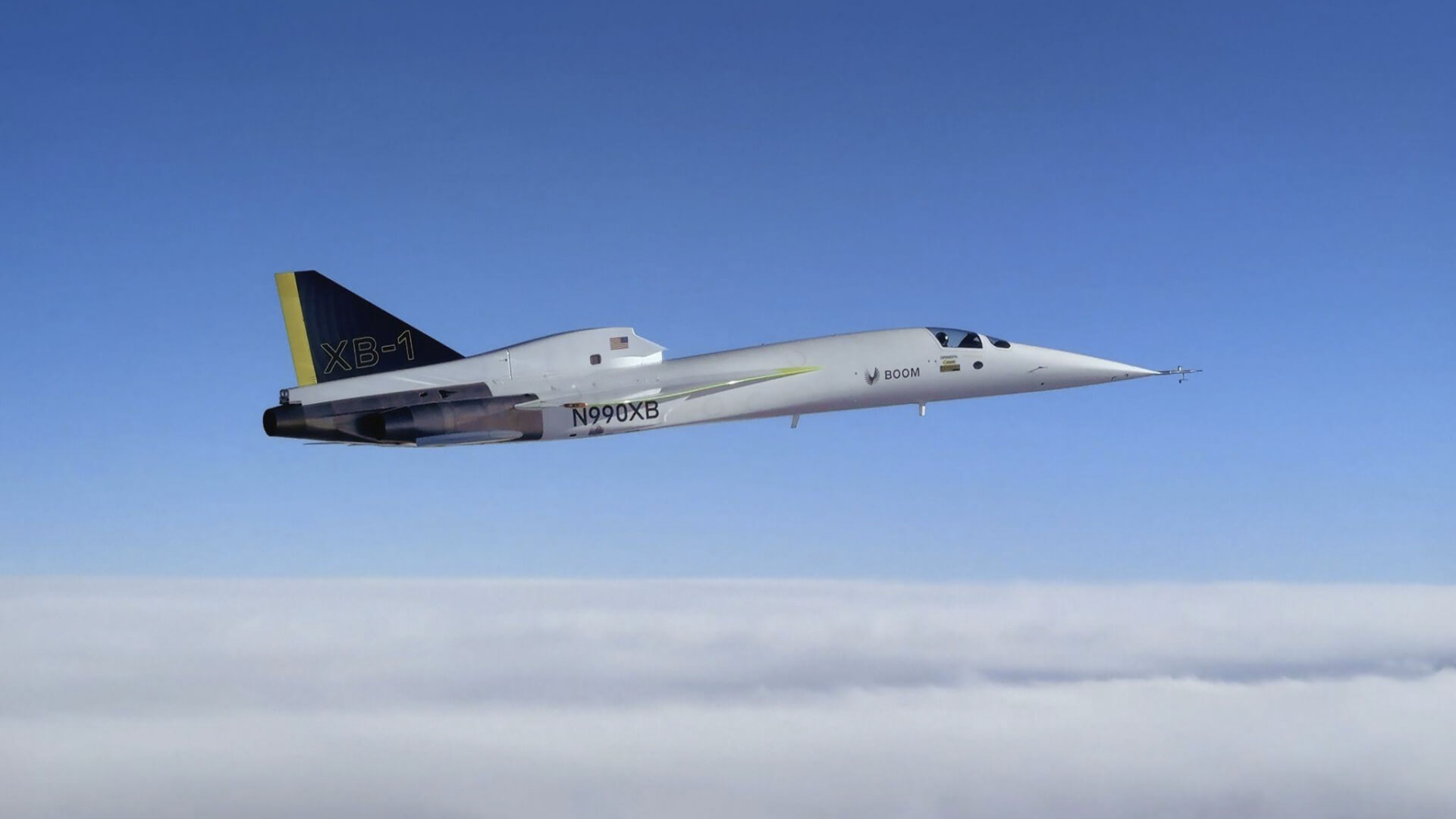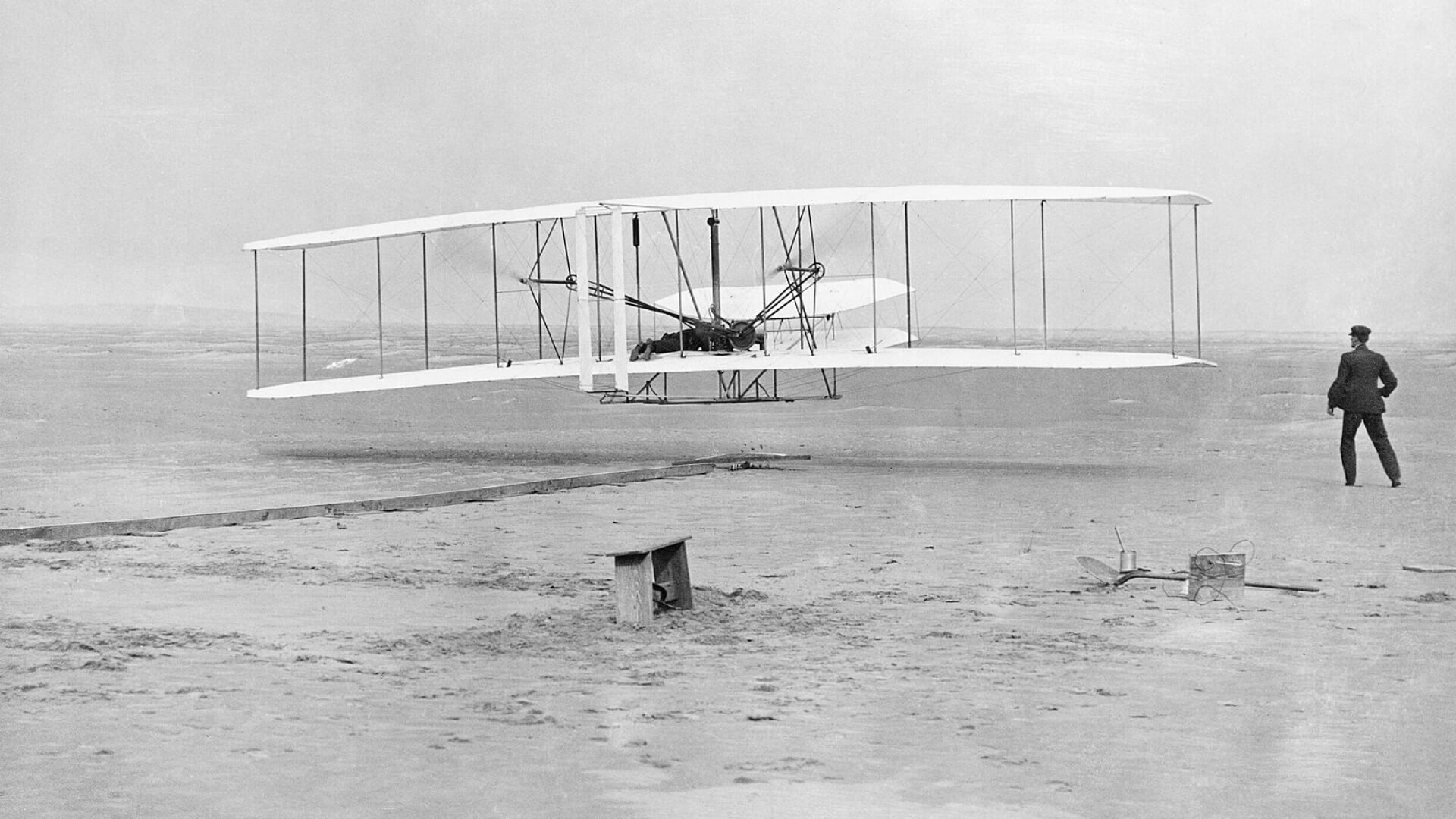Take a close look at Overture in the image above and you’ll notice a subtle defining feature: its fuselage tapers from nose to tail.
It’s a sleek look, and a design choice more commonly seen in military aircraft but not significantly in commercial aircraft. The fuselage shaping serves an important purpose that helps unlock Overture’s ability to cruise efficiently at supersonic speeds.
This contoured fuselage is one of the many production design updates that resulted from 26 million core-hours of simulated software designs and multiple full design iterations, as was announced during the 2022 Farnborough International Airshow.
Keep reading to learn how the contoured fuselage is key to a new era of supersonic flight.
More speed means greater resistance
Drag—the force that resists a plane’s forward motion while it’s in flight—increases dramatically once a plane reaches supersonic speeds. As air around the plane increases in speed, it produces shockwaves that dramatically increase drag.
These shockwaves are known as “wave drag,” which can more than double the amount of drag.
Thrust is used to overcome drag. But counteracting as much as twice the amount of drag at supersonic speeds solely by thrust would be inefficient. So, with Overture, we’ve taken advantage of a decades-old aerodynamic design principle.
The area rule
Engineers in the 1940s and 50s realized that the reason for the increase in drag at transonic speeds was related to the increase in an aircraft’s cross-sectional area at the point where the fuselage met the wings.
Theoretically, a plane that was just a constant cylinder diameter from front to back would be aerodynamically balanced. But obviously, a plane needs wings to fly.
The solution was to “pinch” the fuselage at the point where the wings spread out, creating a soda bottle-like shape (this is also sometimes called “waisting”). That balanced the total cross-sectional area and would allow a plane to fly supersonic without requiring a dramatic increase in thrust.
The area rule doesn’t exclusively apply to the fuselage. Many other design choices can help to aerodynamically balance a plane, some of which you can also see on Overture:
- Sweeping the wings back to stay within the shock wave shape
- Building the wings to be “thinner”
Learn more about the production Overture design — optimized for speed, safety, and sustainability here.







